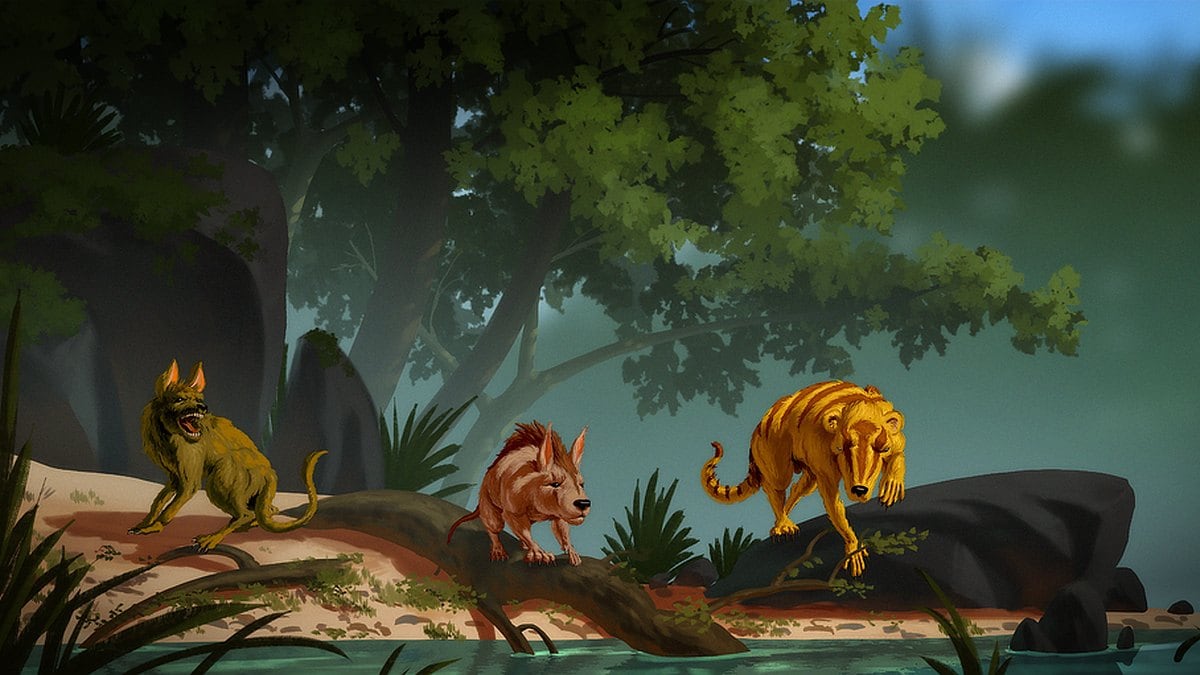Palaeontologists have found fossilised teeth and jaws of three hitherto unrecognised mammals — Conacodon hettingeri, Miniconus jeanninae, Beornus honeyi — in the Great Divide Basin of Wyoming. The fossils suggest that these mammals were not bigger than a giant rodent or a small-sized cat and thrived during the early Puercan age, within almost 328,000 years after the dinosaurs disappeared. They belong to a group called condylarths. They were somewhere related to the ungulate family, which also includes the ancestors of today’s hooved mammals. The findings suggest that the diversification of mammals after the extinction of dinosaurs began much earlier than previously predicted by researchers. The discovery of these three new species also demonstrates how many more “unique pockets of diversity” might have thrived in different locations during this age.
About 66 million years ago, a massive asteroid struck the Yucatán Peninsula in Mexico and wiped dinosaurs off the face of the earth. Researchers had previously agreed that all species that survived in the aftermath of the catastrophe would have been the size of rats or mice. Previously discovered fossils suggested that condylarths was the most abundant group of mammals in North America during the early Puercan age. However, researchers had to dig deep to place the new fossils within the established taxonomy of animals.
The team compared the fossilised teeth with the specimens of 25 other condylarths and another distantly related mammal. They used a computer programme to analyse 64 characteristics of each specimen’s teeth and studied how closely these species related to other mammalian ancestors from the same era. After the analysis, researchers concluded that these species were part of a family called the periptychids.
Periptychids are usually distinguished from other condylarths by their swollen teeth, which suggests that these species did not live on flesh. Beornus honeyi had large inflated premolars and molars. Miniconus jeanninae had an unusual extra cusp on its molars while Conacodon hettingeri showed a short lobe on its last molar. The teeth structure and hardness suggested that these mammals survived on hard materials such as seeds. They could have been omnivores.
The new findings were compiled in a paper by Jaelyn Eberle and Madelaine Atteberryon in the Journal of Systematic Palaeontology. The specimens under investigation were kept in the University of Colorado Museum of Natural History. The exhibited collection also comprises more than 400 other specimens from the same site.
For the latest tech news and reviews, follow Gadgets 360 on Twitter, Facebook, and Google News. For the latest videos on gadgets and tech, subscribe to our YouTube channel.

